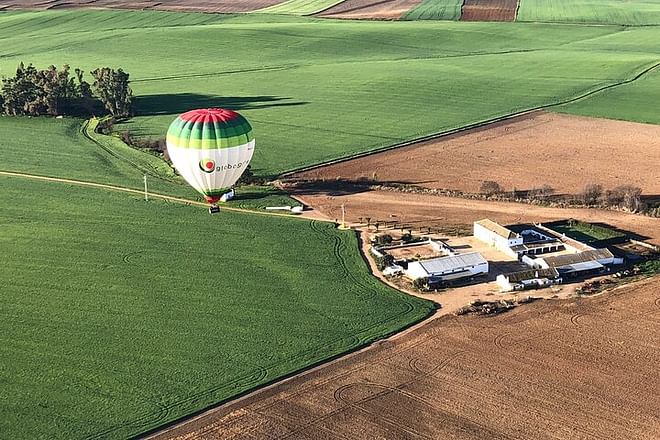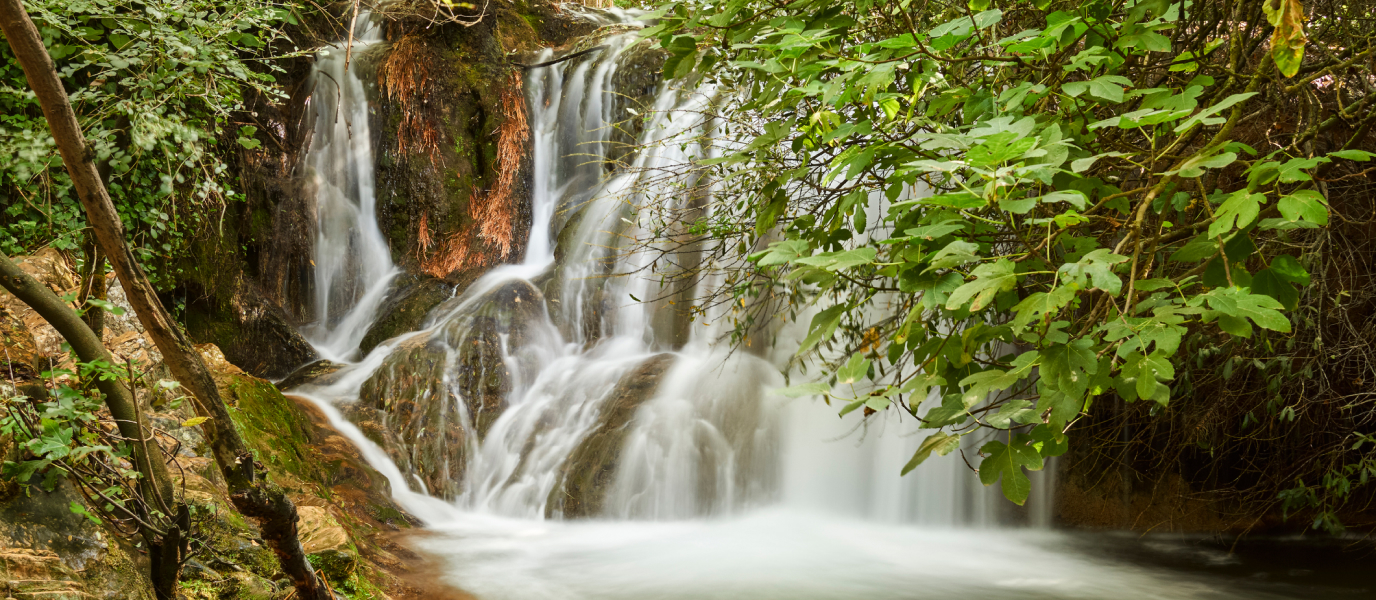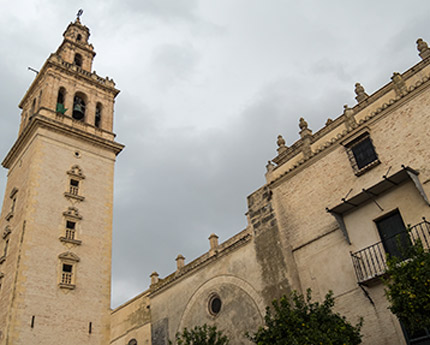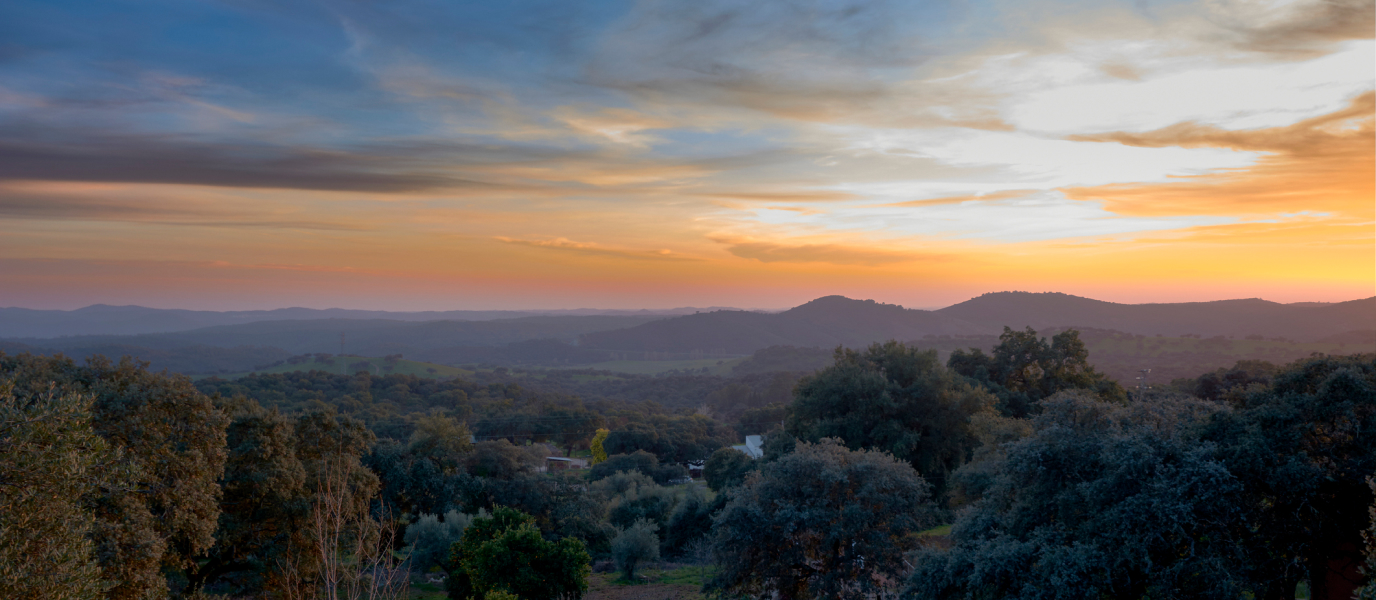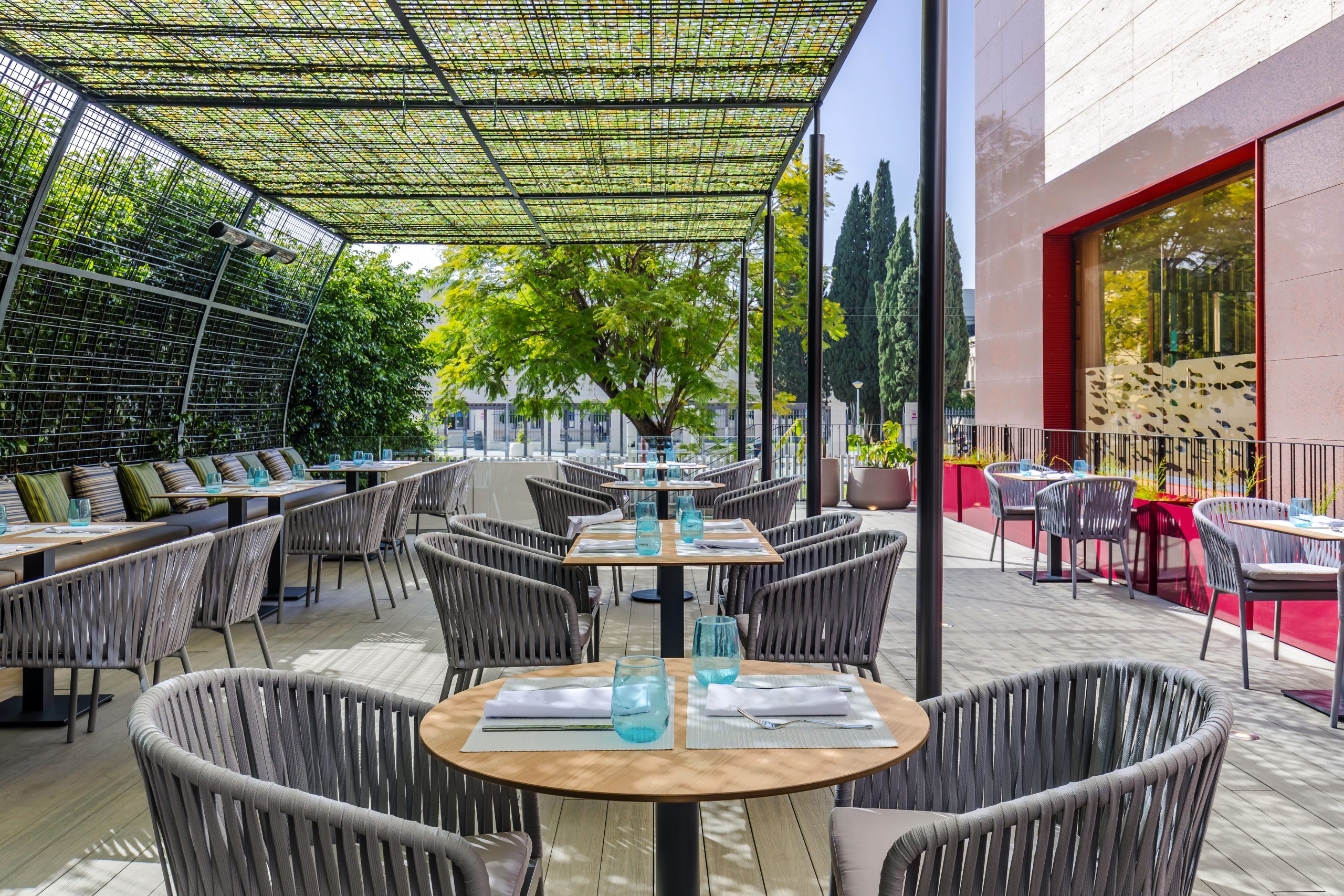The town of Arcos de la Frontera, undoubtedly one of the prettiest in Spain, is little over an hour away from Seville by car. It is a perfect option for familiarising yourself with Andalusian popular architecture, heir to the Muslim and Berber tradition, with whitewashed façades and iron-barred windows adorned with brightly-coloured flowerpots. Arcos also has one of the most picturesque balconies in the country, located on Plaza del Cabildo. It makes the most of the ravine of the Guadalete river, over which a large part of the village is situated. It boasts sweeping views of the fertile farmland that surrounds the town and also the nearby Sierra de Grazalema mountain range, home to a large part of the Route of the White Villages of Cádiz, of which Arcos is considered the main starting point.
Related experiences
Plaza del Cabildo
The history of Arcos de la Frontera dates back thousands of years, resulting in rich monumental and artistic heritage. First and foremost, it’s worth highlighting that it’s not an easy village to navigate, as it lies on a steep headland in the valley of the Guadalete river. The most historic part of the village, around Plaza del Cabildo, is in turn the highest. It is home to the Church of Our Lady of Assumption, a Mudéjar temple (fourteenth to fifteenth centuries) with a tall Baroque tower which looms large for many kilometres around.
Right in front of it is the aforementioned Balcony of Peña Nueva, also commonly known by a less than savoury term, undoubtedly in reference to the expletives that many people blurt out when they realise how high up this dizzying lookout point is.
Other highlights of the Plaza include El Parador and the Town Hall building, housed in a seventeenth-century noble palace, which boasts a spectacular and elaborate coffered ceiling above the meeting room.
The Castle of Arcos de la Frontera
The monuments of Plaza del Cabildo are presided over by the battlements of the Castle of Arcos de la Frontera. Built during the Muslim era, its current state is due to successive reforms undertaken in the fourteenth and fifteenth centuries, when it changed its function from a military stronghold to a residence of the Ponce de León family.
Towers, walls and battlements aside, the most striking feature of the castle/palace is the so-called Puerta de Matrera gateway, through which the upper side of the town communicates with the lower (and newer) part. Today the whitewashed building, like most in Arcos de la Frontera, is presided over by the Virgin Mary in the glass-fronted niche situated above the gateway itself.
What else to do in Arcos de la Frontera
Arcos de la Frontera’s collection of monuments also boasts an array of churches, convents and palaces. In terms of the first, the Church of San Pedro (fifteenth to seventeenth centuries), whose Baroque bell tower seems to compete in height and style with the Church of the Assumption, particularly stands out. The Church of San Francisco (sixteenth to seventeenth centuries), situated in the lower part of the town and built in a popular style, is also interesting.
As far as palaces go, the Conde del Águila is particularly striking for its sheer beauty. Situated on the so-called Cuesta de Belén, it was built in a painstaking Mudéjar style between the fourteenth and fifteenth centuries.
And, whilst we’re on the topic of Belén—or Bethlehem—one interesting fact about Arcos de la Frontera is that it has an enormous permanent Nativity scene situated on the ground floor of one of the houses next to Plaza del Cabido. It is particularly notable for its size, but above all for the skilful craftsmanship of the figures, the homestead and the landscape.
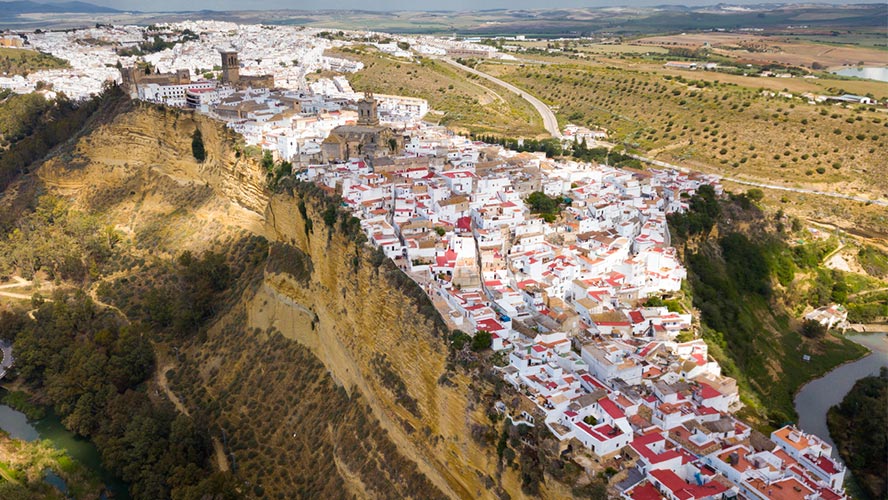
Where to eat in Arcos de la Frontera
First of all, it’s worth remembering that the town’s high concentration of convents means it has a rich confectionary tradition. You can buy sweet treats at both the Convent of the Mercedarian Order and in the many patisseries in the town.
And if you’d like to eat to your heart’s content, Arcos of course offers many opportunities. One of the most authentic places is Mesón Patio Andaluz (Marqués de Torresoto, 4), which serves top-quality local food in an idyllic setting and at great prices.
The décor and ambience at Aljibe Restaurante Andalusí (Cuesta de Belén, 10) has been carefully tended to. Much like in the kitchen, which nods to both Muslim tradition and modernity.
More informal is Taberna Jóvenes Flamencos (Deán Espinosa, 11), situated on the street with the most tourists in Arcos de la Frontera, which is perfect for casual tapas, both inside and on the terrace.
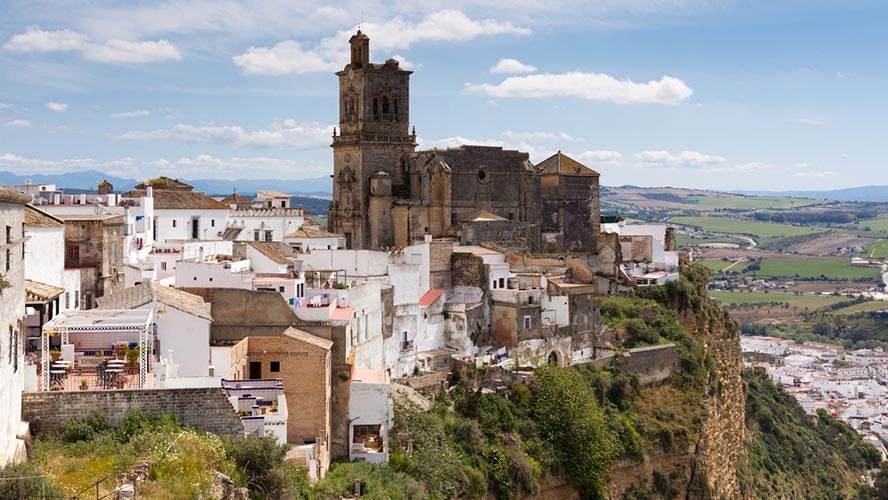
Santiscal beach
Yes, Arcos really does have a beach, albeit of the river kind, as the sea is some 60 kilometres away. The so-called Santiscal beach is situated on the banks of what is known as the Arcos de la Frontera Lake, which is actually a reservoir of the waters of the Guadalete river. The development created around the beach even boasts its own nautical club.
In summer, the area is not just a good place for cooling down but also for recharging your batteries, above all in the afternoon at some of the many restaurants and terraces that make the most of their idyllic setting. The tailwater of the reservoir is a natural environment recognised as a Special Bird Protection Area, as numerous species, especially of ducks, nest and feed in the area during their migrations. It is also the habitat of the Spanish pond turtle, the only turtle native to the Iberian Peninsula.





































































